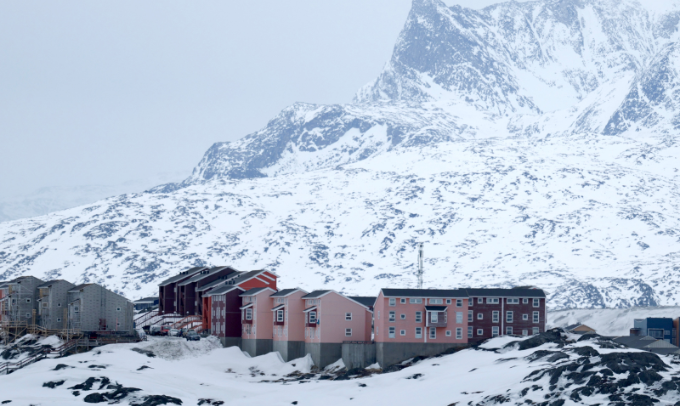Greenland , April 06, 2021 The political landscape of Greenland has undergone a significant transformation following the recent parliamentary elections. The Greenland election results have revealed a clear victory for the opposition Democrats, who have emerged as the largest party, securing 10 seats in the Inatsisartut. This outcome signals potential shifts in policy, sparking widespread discussion about the future direction of the autonomous Danish territory.
The Democrats’ victory represents a notable change from the previous political alignment, suggesting a desire among Greenlandic voters for new leadership and policy approaches. Key issues that likely influenced the Greenland election results include resource management, environmental protection, and socioeconomic development. As the leading party, the Democrats are now positioned to shape Greenland’s future, potentially impacting its relationship with Denmark and its role in the Arctic region.
One of the main points of interest stemming from the Greenland election results is the potential impact on resource extraction policies. Greenland possesses substantial mineral deposits, and the Democrats’ stance on balancing economic development with environmental sustainability will be closely watched. The election outcome also raises questions about Greenland’s approach to climate change, a critical issue for the Arctic region.
The implications of the Greenland election results extend beyond domestic politics, influencing Greenland’s international relations. As the Democrats form a coalition and establish their governing agenda, their decisions will have far-reaching consequences. Observers anticipate changes in Greenland’s strategies concerning fisheries, tourism, and infrastructure development. The focus now shifts to how the Democrats will leverage their mandate to address the challenges and opportunities facing Greenland.










